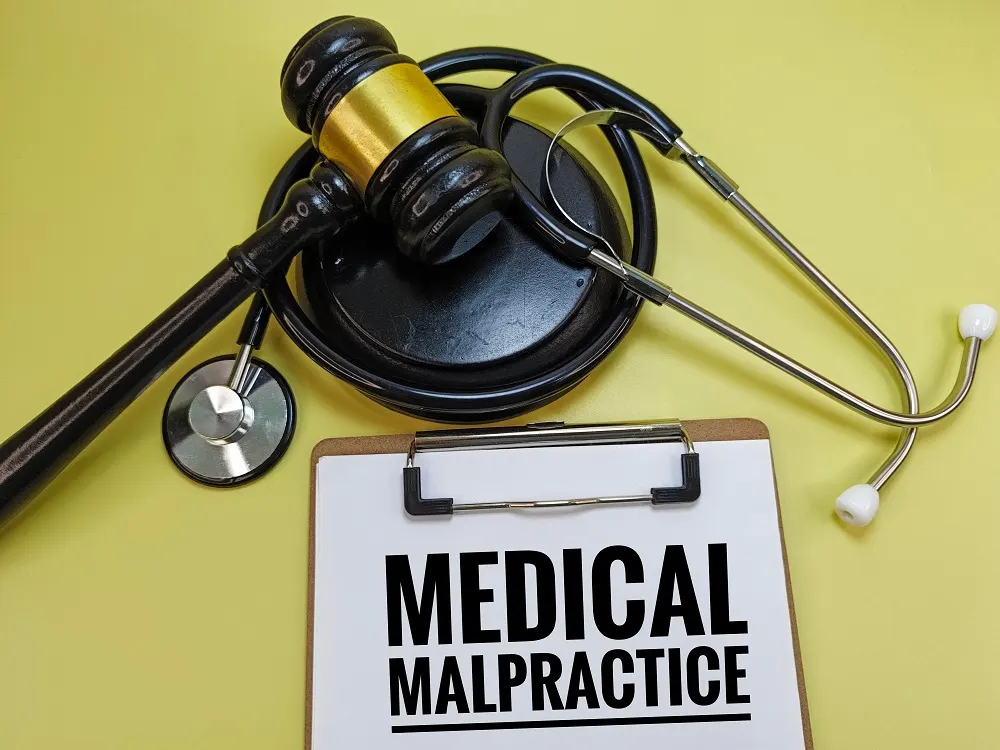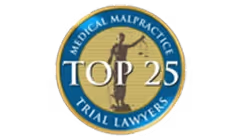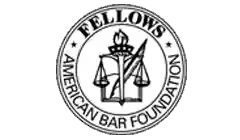Medical errors in New York can cause serious injuries, leaving victims with lasting pain, steep medical bills, and lost income. While financial compensation can’t undo the harm, it can help cover these losses and provide long-term security. But what is the average medical malpractice settlement in New York, and what factors determine the amount?
In this guide, our exceptional New York medical malpractice lawyers break down statewide and national statistics, explain how payouts are calculated, and share real case results to help you understand what your medical malpractice claim may be worth.
Major Medical Malpractice Settlements Secured for Our Clients

We have handled some of New York’s most complex medical malpractice cases, securing life-changing results for our clients. Here are just a few of the successful cases that delivered justice and fair compensation to our clients:
- $8 million settlement: The failure of a neurologist to diagnose a brain tumor that led to permanent disabilities.
- $7.5 million settlement: A pediatrician's failure to diagnose a spinal tumor that left a teenager paralyzed.
- $7.14 million settlement: The delayed performance of a C-section that resulted in severe brain damage to an infant.
- $4.375 million settlement: Improper treatment of a urological condition that resulted in penile abscess, erectile dysfunction, and serious infection causing partial paralysis.
- $3.25 million settlement: Misdiagnosis of back pain as musculoskeletal rather than related to an abdominal aortic aneurysm.
These real-life cases offer insight into the potential value of a medical malpractice claim. While every case is unique, understanding how negligence has impacted others can help you make informed decisions as you pursue justice and fair compensation.
Common Medical Malpractice Claim Allegations
Medical malpractice claims often stem from situations where medical negligence causes serious personal injury, complications, or even wrongful death. Understanding the most frequent allegations can help patients recognize when they may have grounds for medical malpractice lawsuits:
- Diagnosis errors: Medical misdiagnosis, delayed diagnosis, or failure to provide an accurate diagnosis.
- Surgical mistakes: Operating on the wrong body part, leaving instruments inside the patient, or causing avoidable surgical injuries.
- Treatment errors: Administering incorrect treatments, performing unnecessary procedures, or using faulty medical devices.
- Obstetric negligence: Failing to manage pregnancy or childbirth complications, leading to harm to the mother or baby.
- Medication mistakes: Common causes of medication errors include prescribing or administering the wrong medication or dosage.
- Anesthesia errors: Giving too much or too little anesthesia, or failing to address complications during surgery.
- Inadequate monitoring: Not properly supervising a patient’s condition or missing signs of deterioration.
- Equipment misuse or failure: Using defective medical equipment or misusing it, causing preventable injury.
- Failure to prevent or treat pulmonary embolism: Misdiagnosis or failure to administer necessary blood thinners can result in blood clots traveling to the lungs and causing a pulmonary embolism, which may lead to a stroke or death.
These types of medical errors illustrate the wide range of situations that can lead to a medical malpractice claim, reinforcing the importance of holding negligent healthcare providers accountable and seeking fair compensation for damages.
Factors that Influence Medical Negligence Payouts in New York

The value of a medical malpractice claim in New York can vary greatly, and several key factors often determine the final payout:
- Severity of the injuries: Cases resulting in life-altering or permanent disabilities, particularly in young patients, often lead to the largest medical malpractice settlements.
- Total medical expenses: Past and future treatment costs can significantly increase compensation.
- Medicare and medicaid liens: If part or all of your treatment was covered by medicare or medicaid, you will be required to pay that back if a settlement is obtained, which can significantly decrease net compensation.
- Lost income and reduced earning capacity: The greater the financial impact on a victim’s career, the higher the potential award.
- Strength of the evidence: Clear proof of negligence and documented damages can strengthen your medical malpractice claim.
- Liability: Establishing fault against the healthcare provider or facility is critical.
- Statute of limitations: Claims must be filed within New York’s strict legal deadlines to be valid.
In general, more severe injuries and higher financial losses lead to larger medical malpractice payouts. Strong evidence of medical negligence within the statute of limitations can further improve the likelihood of a substantial recovery.
Medical Malpractice Settlement Formula in New York

Determining the value of a medical malpractice case in New York involves assessing both the financial and emotional impact of an injury. Settlements are typically based on two main categories of damages: economic and non-economic.
Economic Damages
Economic damages represent the most straightforward portion of a medical malpractice claim and are calculated based on financial losses. They may include:
- Past and future medical expenses: Surgeries, hospital stays, rehabilitation, and ongoing treatments.
- Lost income and reduced earning capacity: Wages already lost and future earnings affected by disability or long-term impairment.
- Assistive devices and medical equipment: Prosthetics, wheelchairs, and other adaptive tools needed for daily living.
- Medication costs: Prescription drugs for treatment, recovery, or lifelong management of injury-related conditions.
Past economic damages are typically calculated using invoices, receipts, and medical records. Estimating future damages is more complex, requiring expert testimony to account for factors like inflation, potential medical complications, and advances in treatment.
Non-Economic Damages
Non-economic damages address subjective impacts and are not capped by New York law.
- Pain and suffering
- Emotional distress and trauma
- Disfigurement or scarring
- Loss of enjoyment of life
- Loss of companionship or consortium
While economic damages reimburse out-of-pocket losses, non-economic damages compensate victims for diminished quality of life and the emotional toll of a personal injury. In New York, these damages can make up a significant portion of a medical malpractice settlement, especially in cases involving severe, life-altering injuries.
Obtaining a Medical Malpractice Settlement in New York
.jpg)
While no two medical malpractice cases are identical, attorneys can take certain steps to significantly improve your chances of securing a higher settlement:
- Act quickly to preserve all medical records, diagnostic results, and related documentation before they can be altered or lost.
- Obtain independent medical evaluations to confirm the extent of your injuries and future treatment needs.
- Maintain detailed records of all treatments, symptoms, and how the injury affects your daily life.
- Engage expert witnesses, such as life care planners and economists, to calculate lifetime medical costs and lost earning capacity.
- Present compelling testimony and evidence to convey the full emotional, physical, and financial impact of the malpractice.
- Work with our experienced New York medical malpractice attorney who can build a strong case, strategically time negotiations, and protect your rights throughout the process.
Following these steps can help ensure that both the economic and non-economic aspects of your damages are fully recognized in settlement negotiations.
FAQ
FAQ on Medical Malpractice Lawsuit in NY
How long does a New York medical malpractice lawsuit take to settle?

The timeline for settling a medical malpractice lawsuit in New York varies depending on factors like case complexity, evidence review, court scheduling, and negotiation length. Some claims resolve in under a year, while complex cases with severe injuries or disputed liability can take several years. Our experienced New York medical malpractice lawyer can give you a realistic estimate and help move your case forward efficiently.
Do most medical malpractice cases settle out of court?

Yes. The majority of medical malpractice cases in New York are resolved through out-of-court settlements. Settling often provides a faster and less costly resolution than going to trial, allowing both the patient and the healthcare provider to avoid the uncertainty, expense, and lengthy timeline of courtroom litigation. Our New York medical malpractice lawyers can negotiate a fair settlement that fully reflects the extent of your damages.
What is the cap on medical malpractice in New York?

Unlike many states, New York has no cap on medical malpractice damages. This means injured patients in New York can pursue full compensation for both economic and non-economic damages. Without legislative limits, settlement amounts depend on case-specific factors such as the severity of injuries, lifetime care costs, and jury or negotiation outcomes.
Don't Face the Consequences of Medical Malpractice Alone
You aren't powerless to act. Turn to Jacob D. Fuchsberg Law Firm for experienced guidance and advocacy.
Start Your Medical Malpractice Claim Now
Pursuing a medical malpractice settlement in New York demands legal skill and strategic action. The experienced medical malpractice attorneys at Jacob D. Fuchsberg Law Firm have advanced knowledge and skill. They can evaluate your medical malpractice case, explain your options, and fight for fair compensation. Contact us today to determine your claim’s value and protect your rights.

.svg)











